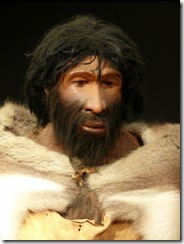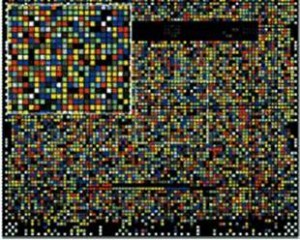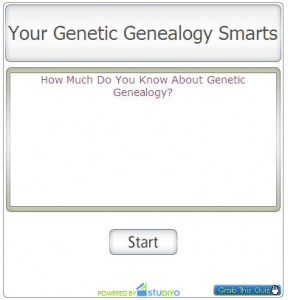While conducting some online research the other day, I discovered a series of videos about genetic genealogy by Alastair Greenshields, founder of DNA Heritage. The main page contains 6 videos (shown in the list below) that are broken down into 2 to 8 chapters. Since the videos are broken up into chapters, you can can easily skip to the topics that are the most relevant to you.
- Genetic Genealogy Terminology
- Genetic Genealogy Defined
- Tracing My Genetic Heritage
- My Past
- Giving DNA
- Genetic Genealogy Results
There are many other places to find videos about genetic genealogy. Last April I wrote “Ten Videos For Genetic Genealogists“, although only 8 of them are still available. You can also watch videos about DNA here at TGG’s DNA Channel, courtesy of Roots Television. And lastly, Family Tree DNA has videos available on its website.
To give you a preview of the DNA Heritage videos, the first is embedded below:
 To the readers coming from yesterday’s
To the readers coming from yesterday’s  GenomeWeb Daily News published a story on Friday entitled “
GenomeWeb Daily News published a story on Friday entitled “


 Around the year 1700, a relatively healthy young hunter was walking along a glacier in land that would one day be British Columbia in Canada. He wore a robe of 95 animal skins, perhaps gopher or squirrel, stitched together with sinew, and carried a walking stick, iron-blade knife, and spear thrower. For some reason, the young man, aged 17 to 22, died on the glacier and was quickly incorporated into the ice. There he remained, frozen, for the next 300 years.
Around the year 1700, a relatively healthy young hunter was walking along a glacier in land that would one day be British Columbia in Canada. He wore a robe of 95 animal skins, perhaps gopher or squirrel, stitched together with sinew, and carried a walking stick, iron-blade knife, and spear thrower. For some reason, the young man, aged 17 to 22, died on the glacier and was quickly incorporated into the ice. There he remained, frozen, for the next 300 years.